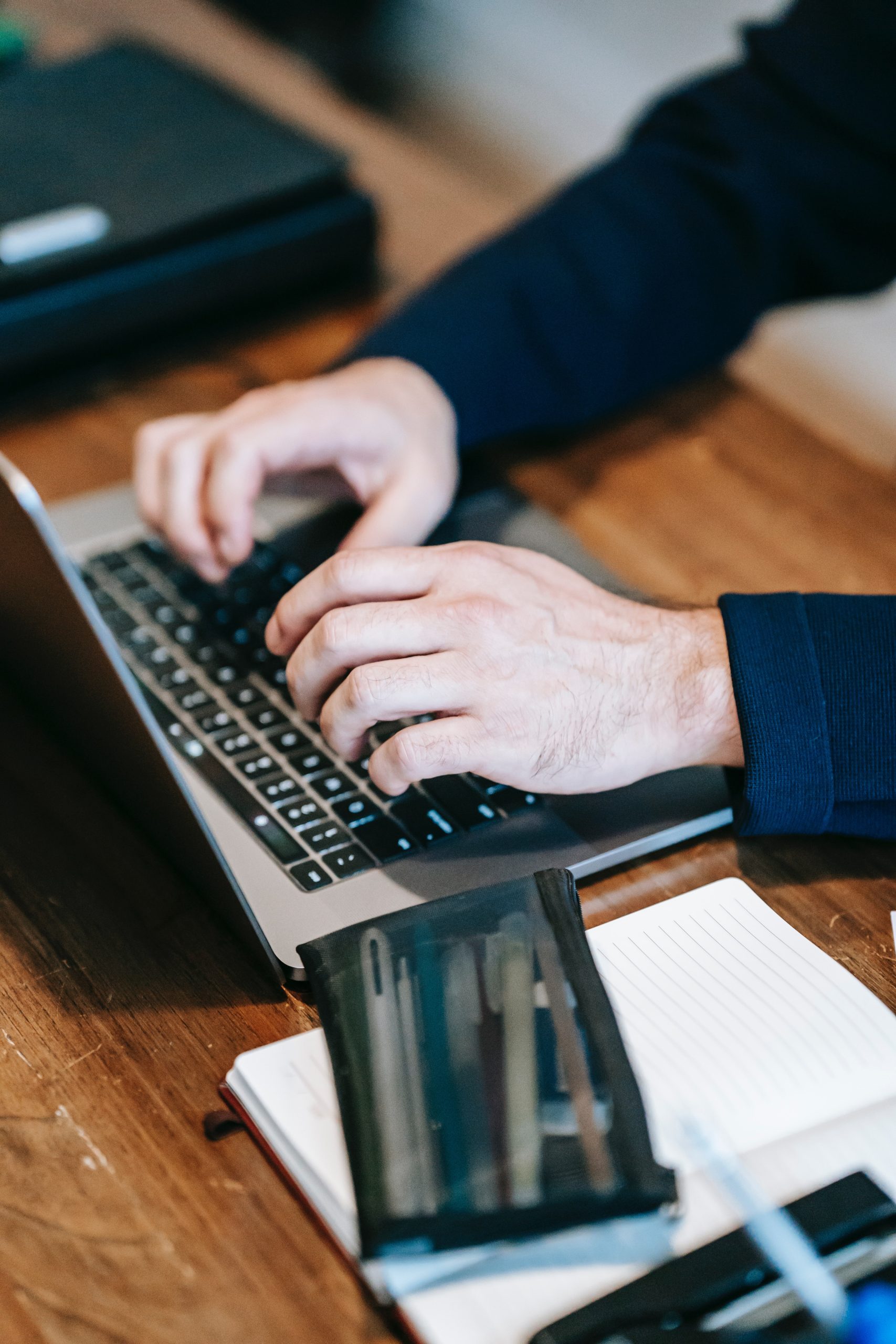WordPress is one of the most popular website platforms in the world and for good reason. It is user-friendly, customizable, and flexible. However, its popularity also makes it a prime target for hackers and cybercriminals. Therefore, maintaining WordPress site security is crucial to protect your website and its visitors. In this article, we will discuss some best practices for maintaining WordPress site security, including the use of security plugins like Login Lockdown and WP Force SSL.

1. Keep WordPress Up-To-Date
The first and most important step to maintaining WordPress site security is to keep your WordPress installation up-to-date. WordPress releases regular updates that include security patches to fix any vulnerabilities in the system. By keeping your WordPress installation up-to-date, you ensure that your website is protected against the latest security threats.
2. Use Strong Passwords and Two-Factor Authentication
Another crucial step to maintaining WordPress site security is to use strong passwords and two-factor authentication. Weak passwords are one of the most common ways that hackers gain access to websites. Therefore, it is essential to use strong passwords that are difficult to guess. Additionally, you can use two-factor authentication to add an extra layer of security to your website login process. Two-factor authentication requires users to enter a code that is sent to their phone or email in addition to their password.
3. Limit Login Attempts with Login Lockdown
One of the most effective ways to prevent brute-force attacks on your WordPress site is to limit the number of login attempts. Login Lockdown is a security plugin that restricts the number of logins attempts a user can make within a specified time frame. After a certain number of failed login attempts, the plugin will block the user’s IP address from accessing the login page for a set period. This helps prevent brute force attacks and keeps your site secure.
4. Use SSL with WP Force SSL
SSL (Secure Sockets Layer) is a security protocol that encrypts data transmitted between a website and its visitors. Using SSL helps protect sensitive information, such as login credentials and credit card numbers, from being intercepted by hackers. WP Force SSL is a security plugin that ensures that your WordPress site is always using SSL. It redirects all HTTP requests to HTTPS, which is the secure version of the HTTP protocol. This helps ensure that all data transmitted between your website and its visitors is encrypted and secure.

5. Install Security Plugins
In addition to Login Lockdown and WP Force SSL, there are many other security plugins available for WordPress. These plugins can help protect your website against a variety of security threats, such as malware, spam, and brute-force attacks. Some popular security plugins include Wordfence, iThemes Security, and Sucuri Security.
It simplifies the process of resetting your site, ensuring you can recover from attacks swiftly and efficiently. To further combat spam and automated attacks, integrate WP Captcha into your WordPress site. This plugin adds advanced CAPTCHA systems to your forms, enhancing your site’s defense against bots and spam.
6. Back Up Your Website Regularly
No matter how secure your website is, there is always a chance that it could be hacked or compromised in some way. Therefore, it is essential to back up your website regularly. Backing up your website ensures that you can restore your site to a previous version if it is ever compromised. You can use a variety of backup plugins to automate the backup process and ensure that your website is always protected.
In addition to security measures, having a recovery plan is vital. WP Reset is a crucial tool for quickly restoring your WordPress site to a safe state after a security breach.
7. Keep Plugins and Themes Up-To-Date
Finally, it is crucial to keep your WordPress plugins and themes up-to-date. Like WordPress itself, plugins and themes can also contain security vulnerabilities that can be exploited by hackers. By keeping your plugins and themes up-to-date, you ensure that any security vulnerabilities are patched and your website is protected against the latest threats.
Maintaining WordPress site security is not a one-time process; it’s an ongoing effort. You need to stay vigilant, keep your site updated, use security plugins, back up your site regularly, and choose a secure hosting provider. With the increasing number of online threats and cyberattacks, it’s more important than ever to take the necessary steps to protect your WordPress site from potential security risks.
Plugins like Login Lockdown and WP Force SSL can add extra layers of security to your site and protect it from common threats. Remember, the best way to maintain WordPress site security is to be proactive and take preventive measures before a security breach occurs. By implementing the best practices mentioned in this article, you can reduce the risk of a security breach and ensure that your site remains secure and protected.


